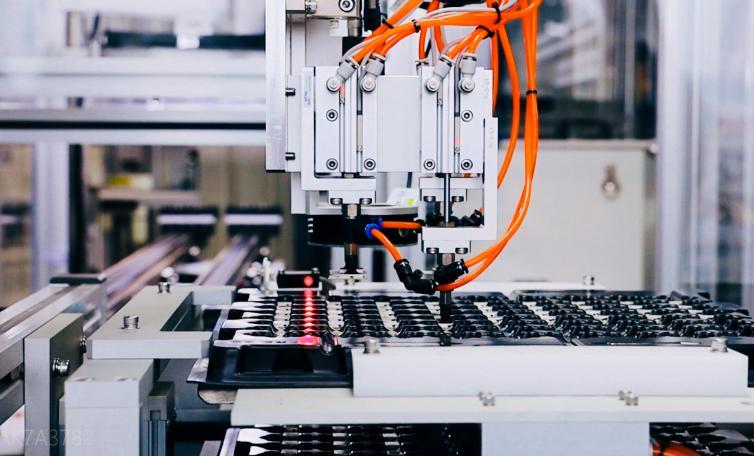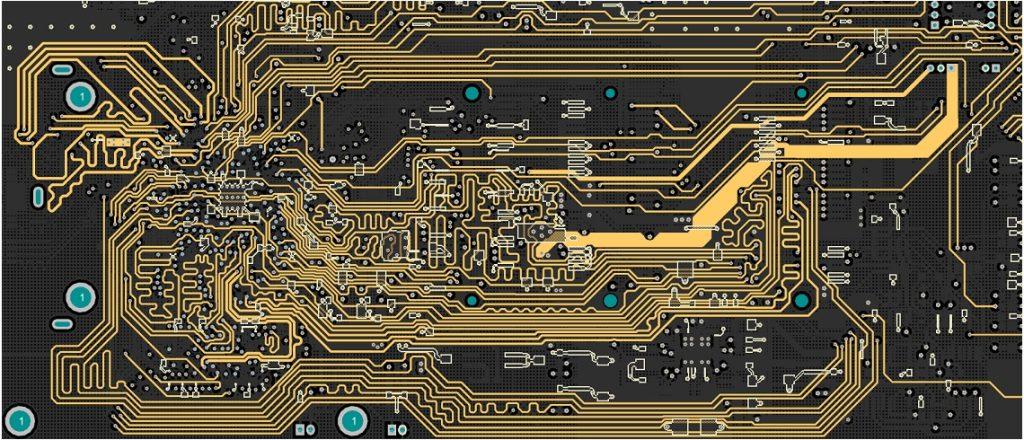With the development of consumer electronics towards miniaturization and lightness, FPC is developing towards high-density, ultra-fine and multilayer to meet the trend of downstream industry, and FPC needs to meet finer dimensional requirements for connecting electronic components’ lines and apertures. At present, in the leading global enterprises in the FPC product process capability, the line width line pitch can reach 30-40μm, the aperture diameter of 40-50μm, and further to 15μm and below line width line pitch, 40μm below aperture direction domestically. However, there is a gap between local Chinese enterprises and leading international enterprises; after less than ten years of development, the local head enterprises led by Jingwang Electronics and Hongxin Electronics in the FPC product process capability also breakthrough 40-50μm line width line pitch, 70-80μm aperture technology, and further to the 40μm line width line pitch, 60μm aperture process capability breakthrough.
Based on the requirement of improving production yields, the FPC production process has changed from “sheet to sheet” to “roll to roll”. Since FCCL, the main raw material for FPC production, is provided in rolls, under the “sheet-to-sheet” production process, rolls of FCCL need to be cut into sheets (usually 250 mm*320 mm) for subsequent production. Under the “reel-to-reel” production process, the complicated processes of unwinding, cleaning, laminating, and winding can be completed automatically at once. The rolls of FCCL can be processed and produced directly. As the “roll-to-roll” production process gradually reaches a stable state, FPC production will change from semi-automated to fully automated, improving FPC production efficiency and yields.
Based on factors such as production cost and technical requirements, the additive method will replace the subtractive method as the mainstream FPC line preparation process. In the subtractive process, an anti-corrosion layer is added to the design line of the FCCL as protection, and then the copper foil outside the design line is removed through the etching process to form the line pattern required for the FCCL. Although the technical threshold is low, the process is cumbersome and requires the etching of a large amount of copper foil, so the production cost is high. The semi-additive method is an intermediate process in the transition from the subtractive method to the full-additive method, with the core processes of copper plating and copper foil etching, which has the advantage of reducing, to a certain extent, the waste of copper resources and the discharge of corrosion waste caused by the subtractive method, and is suitable for producing fine line widths between 10-50 μm. This technology is simple and low cost and can produce line widths of up to 30μm, making it suitable for producing fine products with high added value.
FPCs use substrates with high dimensional stability due to high yield and low-cost requirements. For the production of flexible multilayers with high-density interconnects, the dimensional stability of the selected substrate is a key factor in the success of the manufacturing process. It is important to choose a substrate with tighter dimensional control because the shrinkage of the substrate geometry directly affects the precise positioning between the circuit layer and the cover film, thus affecting the alignment of the device assembly. With the development of new polyester series materials, the performance of FPC substrates has been greatly improved, and the dimensional stability has been further improved. Apical NP substrates, for example, have significantly better dimensional stability than other materials currently available.



